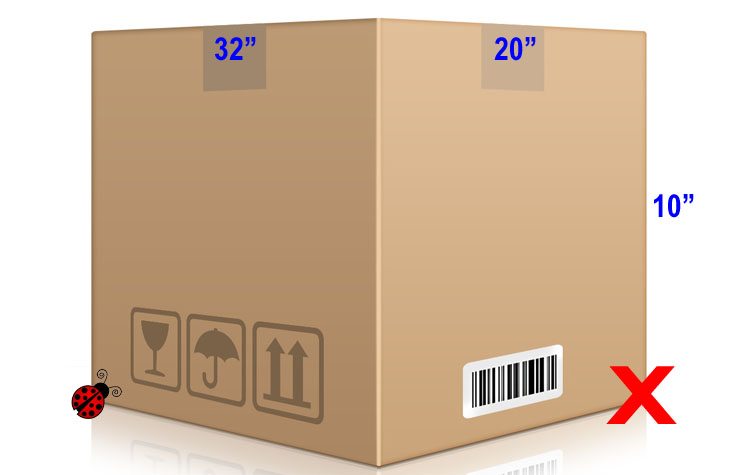
 It’s tempting to look at recent D&D releases like the Monster Manual 2 and Player’s Handbook 2 as being full of B-list material that was rightfully axed from the originals. This is definitely not the case.
It’s tempting to look at recent D&D releases like the Monster Manual 2 and Player’s Handbook 2 as being full of B-list material that was rightfully axed from the originals. This is definitely not the case.
Here’s the deal. D&D has been around since the ’70s and there are tons of awesome rules, classes, monsters and so on. When Wizards of the Coast released the game’s 4th Edition, obviously the designers had to make some choices. What to cut? A lot of D&D fans who cracked the 4E Player’s Handbook (review) complained about certain notable omissions: no bards, barbarians or druids, no half-orcs, and dude, no gnomes!
Would you rather have paid $100 for a PHB two inches thick?
On the assumption that no one wanted to do that, Wizards split up the books. The good news is that the sequels actually have really decent contents: for instance, the Player’s Handbook 2 provides the omitted classes and races mentioned above. Whew! But there’s more: A lot of new races that further expand the options beyond the classic Tolkein staples. There are devas: angelic, otherplanar creatures, plus goliaths, towering mountain dwellers, as well as shifters, variants of lycanthropes. New classes include the Avenger, Bard, Barbarian and Druid, among others. My favorite is the Wild Mage, a class pulled from the 2nd Edition rules. For 4E purposes, the wild mage draws power from the Elemental Chaos, making for a very simple explanation as to why his magic is so weird. Of course, the requisite feats and paths accompany the new races and classes.
Getting back to the complaint about what rules ended up in what book, the truth is that the only important contents of the PHB1 are the rules you need to play a game. Friend of the blog Wil Wheaton said, “Dragons are for SLAYING, not for PLAYING. Take 2d6 steps off my lawn!” saying that no dragonborn would be allowed in his campaign. The overriding message is that the DM is free to modify the rules that his or her campaign operates on. Hate half-orcs? Don’t use ’em. I personally don’t care for the genasai in the Forgotten Realms Player’s Guide or the shifters in this book — or dragonborn, for that matter. To each his own. Ultimately, what information is in which book is immaterial.

 Monster Manual II
Monster Manual II
The relationship between volumes 1 and 2 of the Monster Manual mirrors that of the PHB. When I cracked the first MM, I focused more on what was different — the miniatures-oriented monster tactics, the 1-hit-point grunts, new elementals, the weird-seeming labels applied to critters like ‘Artillery’… one thing I see, looking back at that old article, is how I didn’t notice much missing.
In fact, a lot was, and finds itself appearing in the Monster Manual 2. The sequel packs some awesome stuff that no sane person could call B-list: Frost giants, gnolls, iron golems, remorhaz, and rust monsters, all classic D&D monsters since the early days. Even later 1E stalwarts like behirs, bullywugs, kenku and myconids make an appearance in MM2. In addition to the core versions of these monsters, you’ll notice new variants of them — shaman gnolls, that sort of thing. Some reviewers have commented how too much stuff was crammed into the first MM, limiting the size of its descriptions. This one feels looser and more informative. That, plus the awesome classic monsters updated for 4E, makes it a winner.
I can’t wait to see what goodies the DMG2 holds. It’s due out this September but you can pre-order it on Amazon if you desire.


